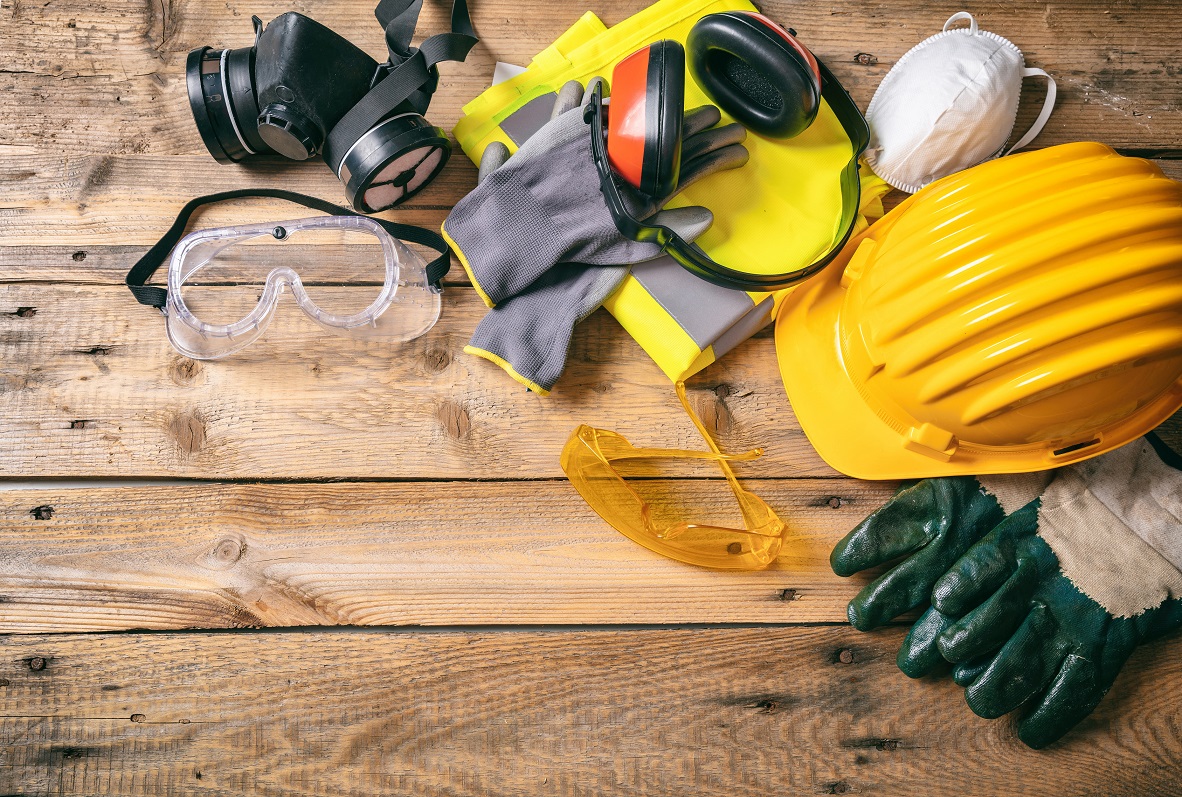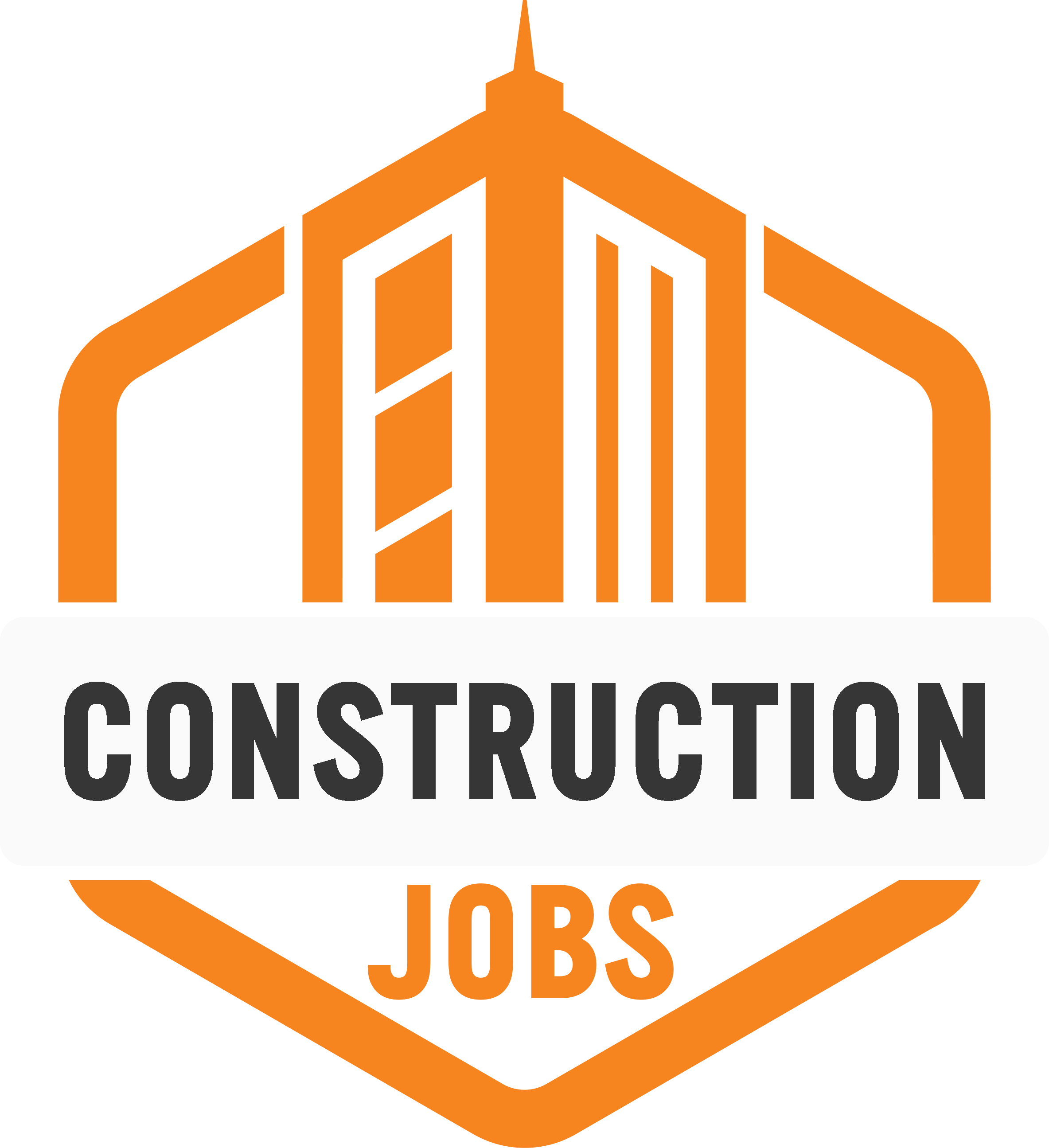How to Ensure Safety Is the Top Priority for Your Workers
Prioritize safety in construction through training, prevention, and clear communication to protect workers.

According to the U.S. Bureau of Labor Statistics, over 1,000 construction workers experienced fatal injuries while on the job in 2019. Since 2015, the number of injuries and deaths in construction has increased almost every year. Most construction workers are hurt or fatally injured through a fall.
For those who work with electricity and heavy equipment, there’s a risk of electric shock and vehicle accidents. Chemicals can also be harmful if workers aren’t wearing the proper safety equipment. Here are ten ways you can ensure workers stay safe even during your riskiest construction projects.
1.Create a Positive Environment
If safety is a top priority for you, it will become a top priority for your workers. Site managers have the authority to enforce safety rules and lead the way in how safety is discussed. A manager who dismisses the importance of safety precautions or ridicules those who follow the rules isn’t setting a healthy example.
Investing in the health of your workers is an investment in the success of the construction company. Healthy workers get the job done on time. Focusing on worker safety also builds trust and attracts employees who have good values and a strong work ethic.
2.Complete Safety Training
Before any work is done, workers must be trained on safety practices. Sometimes, new projects will require your workers to learn new skills. Always plan enough time for training and questions so that construction workers are confident when working with new machinery and completing new tasks.
Safety training is like learning to drive. If you sent a teenager to get their driver’s license without any practice, they wouldn’t pass the exam. Effective training for your workers protects them and saves valuable time that could be wasted by having to redo elements of projects. Since comprehension is the goal, all training should be conducted in a language your workers understand.
3.Anticipate and Prevent Falls
Most construction workers who experience injuries are hurt because of a fall. Falls are a constant risk for workers who are climbing scaffolding, walking on roofs, and working on building exteriors. To protect your workers, anticipate how things could go wrong. Then, make a detailed plan to prevent accidents from happening.
For example, you can add toe boards and safety railings to tall scaffolding. Ensure workers wear personal fall protection gear whenever appropriate. Follow all regulations and then go beyond to protect your workers. Although putting safety equipment in place takes time, it is more than worth the effort.
4.Maintain All Equipment
Your workers may be driving heavy equipment, using powered machines like chainsaws, or relying on respirators and other safety gear. Before starting the day’s work, always check to ensure equipment is working prosperity. Dangerous equipment should have guards and other safety checks in place to prevent accidents.
To protect your workers and ensure construction projects are completed on time, do preventative maintenance on all your equipment. Protect machines from getting dusty or wet and don’t let workers make “quick fixes” to any machines. When necessary, get all equipment repaired by a trained professional.
5.Label Hazardous Materials
Construction workers also use hazardous chemicals to complete projects. You should limit your worker’s exposure to these materials as much as possible. However, all hazardous materials that you do use must be clearly labeled and your workers must be trained on how to use them safely.
The United Nations has created a chemical classification system known as the Globally Harmonized System (GHS) to protect people who work with dangerous chemicals. When hazardous materials are on your worksite, they should be labeled according to this system to protect your workers from harm.
6.Require Protective Gear
In addition to checking the job site for hazards, you should ensure all workers wear appropriate personal protective equipment (PPE). Essential safety gear can protect workers from falling objects, excessive dust, hazardous chemicals, and collisions with heavy equipment.
Safety gear equips your workers to get their job done efficiently without harming themselves in the process. Although wearing safety gear may be frustrating at times, it’s never a good idea to cut corners and take risks while on the job. The potential for lifelong harm is too great.
7.Test All Scaffolding
Many construction projects require scaffolding so workers can reach building exteriors. Building scaffolding is a job in and of itself, but it’s important not to rush and to follow all safety guidelines during this stage of the process. Before scaffolding is used, it must be tested and inspected by a qualified professional.
Flimsy or slippery scaffolding can easily lead to injury and even death. All completed scaffolding must be strong enough to bear four times the weight of what you’re planning to put on it. High levels of scaffolding should have guardrails and workers should wear personal fall protection systems just in case.
8.Inspect Trench Projects
Construction workers can also be injured during excavation and trench projects. Before any work is done, the company should call 811 to ensure they’re not disturbing any buried utilities. Each day, trenches should be inspected by a professional for safety issues before work begins.
People who work on excavation projects should always have a secondary exit in case of collapse. The best way to avoid injury on excavation and trench projects is to avoid rushing – do everything according to protocol, regardless of upcoming weather or other pressures. Nothing is worth compromising the safety of your workers.
9.Create Emergency Protocols
Even with safety checks in place, something can go wrong on your construction site. Before that happens, you should create emergency protocols and train your workers on how they should respond. This can save valuable time after an accident and may save a worker’s life.
Emergency protocols include what to do if dangerous chemicals escape containment, how to respond if part of a building collapses, and how to signal for help if workers become trapped or injured on a site. In case of any potential emergency, your workers should know exactly what to do.
10.Communicate Clearly
Clear communication plays a huge role in keeping your workers safe. Every individual on the site should know what they need to do, how to do it, and how to safely complete each task. As the manager, you can guide each project to safe completion by clearly communicating your expectations.
Create procedures for each step of your build. Over time, these routines will make up the backbone of your worker’s daily tasks, ensuring work is completed in a timely and professional way. All routines and procedures you create should protect your workers and ensure they stay healthy and fit for tomorrow.
Construction Done Well
Construction is a dangerous industry, but your team members don’t have to become another statistic. Follow these ten steps to ensure worker safety and build a more resilient team. By prioritizing safety, you’ll build trust with your workers and turn out better projects.
All construction projects require training, risk assessment, and constant checks to ensure equipment is working and job sites are safe. Hazardous material should be clearly labeled and nothing should be rushed. With clear communication and high safety standards, you can make your construction company among the safest in the country.
Author: Rose Morrison is a freelance writer in the construction industry and the managing editor of Renovated.
- Share This →

